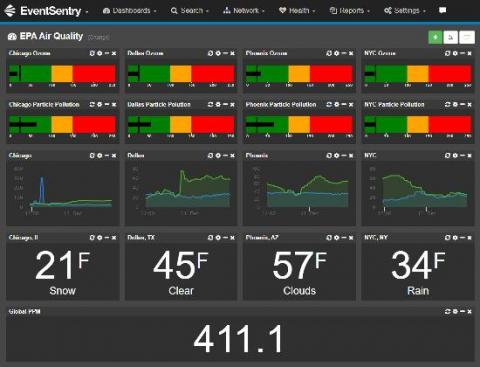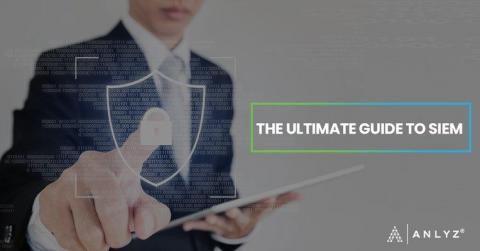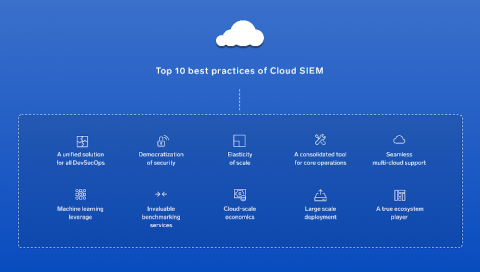How Long Should Security Logs Be Kept?
Security logs can be kept by the system itself or various applications that aim to provide security or enhance the efficiency of already installed security software. Read our article to learn more about them and for how long you should keep them.







